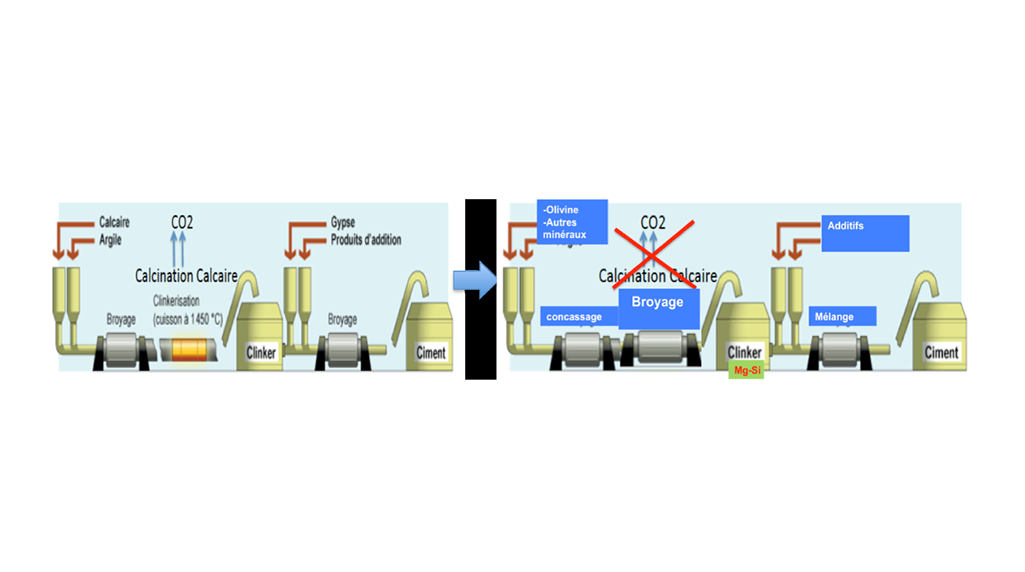OMEIR
Structures, Materials, Environment: Interactions and Risks
Societal issues in the broad field of construction (buildings, structures, public works, civil engineering, etc.) highlight major concerns related to the ecological and/or human impacts of anthropogenic activities with respect to societal resilience, as well as those associated with information technologies that are transforming industry practices. In this context, three key issues can be identified:
- Reducing the ecological footprint of structures,
- Assessing and reducing the vulnerability of constructions (which has both economic and human consequences) exposed to various hazards/risks, whether natural or not,
- Moving from digital models to true digital twins, or even hybrid twins that integrate multi-physics simulation, data assimilation, and advanced experimentation.
These issues translate into several scientific challenges involving widely varying temporal and spatial scales. We are dealing here with material behaviors (soils, structures) at different scales (ranging from nano-level behavior to kilometer-scale descriptions of geological environments), with behaviors that vary depending on the time scales of the stresses involved (from microseconds under impact to hundreds of years under creep). Likewise, the synthesis of construction materials, their aging, and their interactions with their internal and external environments have a significant impact on the sustainable development of constructions. A holistic approach to these challenges requires the simultaneous consideration of the multi-physical behavior of these materials through coupled transfer mechanisms at the structural level.
The coming climate transition will significantly increase natural hazards affecting structures, infrastructures, and urban systems (hurricanes, floods, droughts, heatwaves, wildfires, etc.). The growing density of urban environments and the interconnection of systems increase the exposure and vulnerability of societies that seek to be increasingly protected. The shift from a prudential society protected by laws and regulations to an insurance-based society requires risk and uncertainty assessment at increasingly finer scales. In certain areas, such as facility safety, the entire chain of risk assessment and mitigation must be rethought using advanced probabilistic methods.
Part of the answer lies in the development of digital (and potentially hybrid) twins. No matter how advanced, simulation methods alone are insufficient, due to a lack of data or insufficient validation. Massive datasets, routinely collected by monitoring and maintenance systems, must be assimilated and analyzed by these digital twins—just as they are beginning to be in other sectors. Finally, advanced experiments on subsystems simulating the entire system must be conducted to better manage the uncertainties associated with the models. Addressing these scientific challenges requires interfacing with the most advanced computational and experimental technologies as part of a modeling and forecasting approach based on exploring different risk scenarios.
Thus, the OMEIR team aims to contribute to the energy, ecological, and digital transitions of the entire sector related to cities and infrastructures. To this end, it brings together the expertise of research groups specializing in:
- construction and natural materials,
- modeling of various physical phenomena (mechanical, thermal, hydraulic, chemical),
- advanced experimentation,
- natural hazards,
- large-scale complex numerical simulations, and
- statistical learning.


